Carnivorous Plants Story
Picture book for a young audience /
Kindle Edition
by
Makoto Honda
Copyright (c) 2013-2017 by Makoto Honda.
All Rights Reserved.
_______
Pitcher Plants (2)
GENUS
Sarracenia
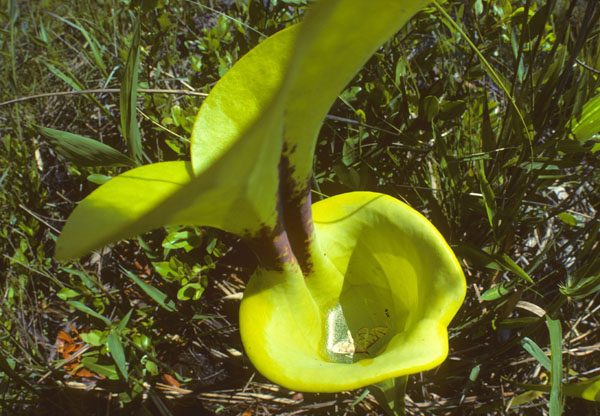
A pitcher of
Sarracenia flava, with a trapped moth floating on the water surface. Note
the unusually high water level for this species after a rain. In May, in
Florida. If a tall pitcher like this one becomes top-heavy after a heavy rain,
the slender pitcher may topple, bending the pitcher for good.
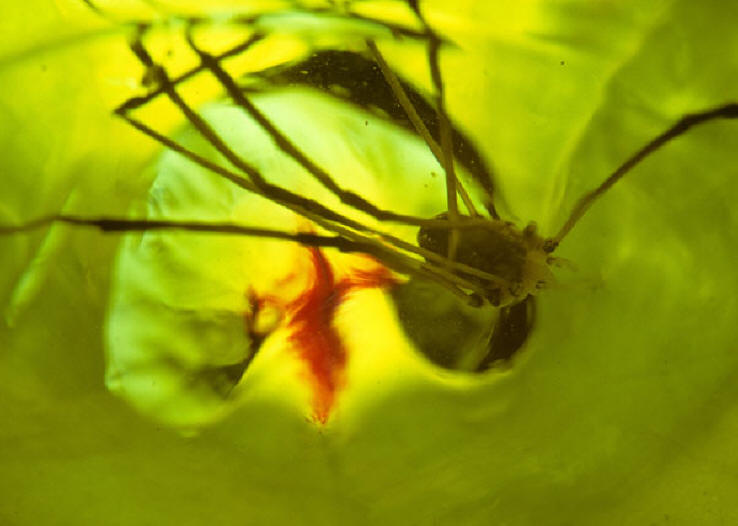
A
long-legged spider drowning in the pitcher fluid. Sarracenia flava, in
Florida, in May.
In early spring, the coastal savanna in the Southeast is covered with thousands of colorful flowers of the pitcher plants. An odd-looking, dangling flower opens at the tip of a tall flower stem rising from the center of the plant. The basic flower structure is the same for all species of pitcher plants although the color, size, and fragrance of the flowers are distinct for each species.
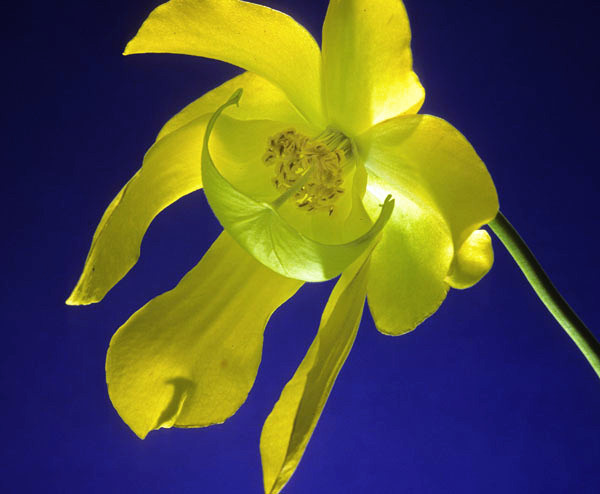
A pitcher
plant flower, with two petals removed to show the interior. An inverted
umbrella-shaped style is cut in half to reveal numerous stamens.

A dangling flower of the pitcher plant has a large ovary at the base, surrounded by many stamens. Five petals encase the ovary and stamens, forming a corolla chamber. The petals then bend outward and roll out from the cut-away arc of the inverted-umbrella-shaped style.
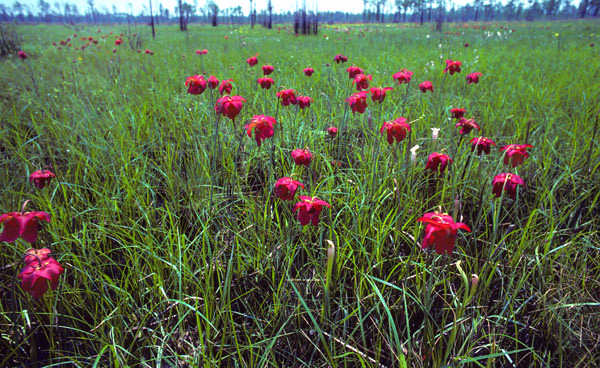
Attractive
bright red flowers of Sarracenia leucophylla in a coastal savanna along
the Gulf Coast, in May. This type of open savannas is becoming increasingly
rare, as the land development increases.
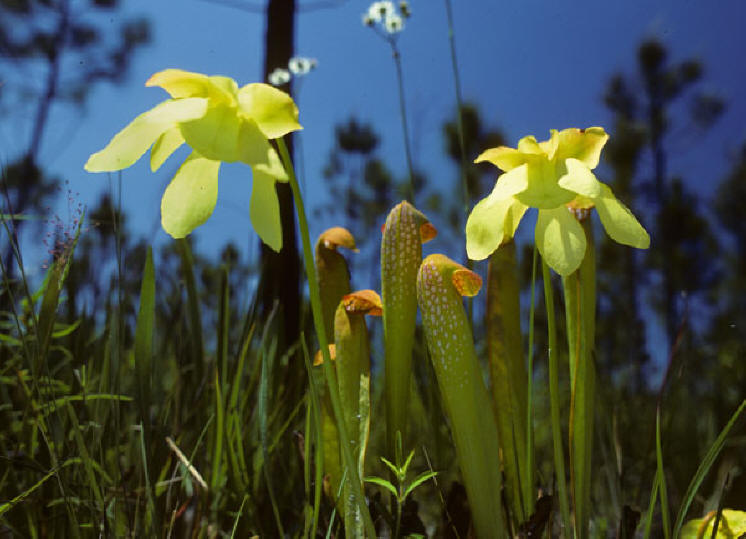
Pale-yellow,
greenish flowers of the hooded pitcher plant (Sarracenia minor), in
Georgia, in May. This is one of only two species of pitcher plants that produce
functional pitcher leaves before (or at the same time as) the spring flowers.
There appears to be no consideration for pollinator safety.
Blooming
parrot pitcher plants (Sarracenia psittacina) with new, spring leaves.
Note the spring leaves tend to be more erect.
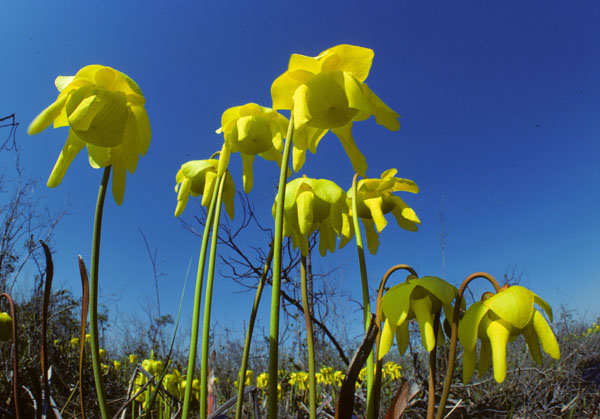
Deep yellow
blossoms of the trumpet pitcher plants (Sarracenia flava) in North
Carolina, in May. Golden flowers are one of the largest in the pitcher plant
family, measuring 10 cm across.




Pitcher
plant flowers, clockwise from top-left: Sarracenia psittacina, Sarracenia
leucophylla, Sarracenai flava, and a hybrid.

A blooming
colony of Sarracenia flava in North Carolina, in May. Note that the same
Sarracenia flava species starts to bloom in mid-March in the south along
the Gulf Coast.
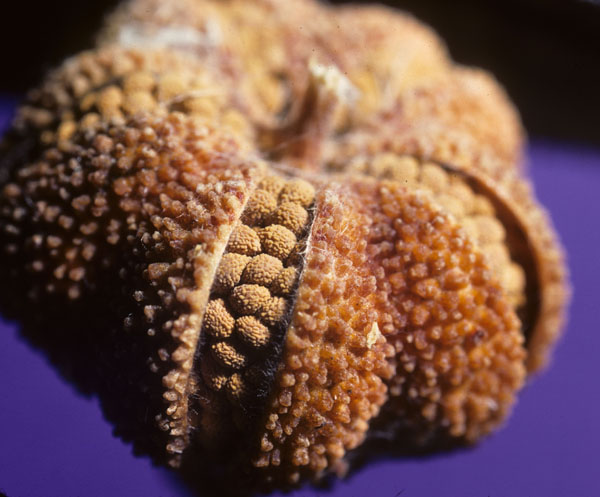
A fully
matured seed capsule of Sarracenia alata.

Characteristic seeds of pitcher plants (Sarracenia alata). The scale on
the background is 2 mm apart.

Germination
of pitcher plant, Sarracenia alata.

Sarracenia
flava,
in Florida, in May.

Sarracenia
psittacina,
in Florida, in May.

Sarracenia
leucophylla
in flower,
in Florida, in May. This type of an open coastal savanna along the Gulf Coast is
increasingly rare, as the land development continues throughout the southeastern
United States. Note that the savanna grassland is shared by many different
species of pitcher plants.

Sarracenia
leucophylla,
in Florida, in May. The spring flowers are almost done, and new pitcher leaves
are getting ready for the summer feat.
INTRODUCTION
PITFALL TRAPS FLYPAPER
TRAPS SNAP-TRAPS
SUCTION TRAPS VENUS
FLYTRAP SUNDEWS
PITCHER PLANTS COBRA
PLANT BUTTERWORTS
BLADDERWORTS
Carnivorous
Plants Story - Copyrighted Material
Copyright (c) 2013 by Makoto Honda. All Rights Reserved.
Email: mhondax@gmail.com
__________________
For
a young audience, click
here for
"Eaten Alive by Carnivorous Plants" by Kathleen J. Honda & Makoto Honda